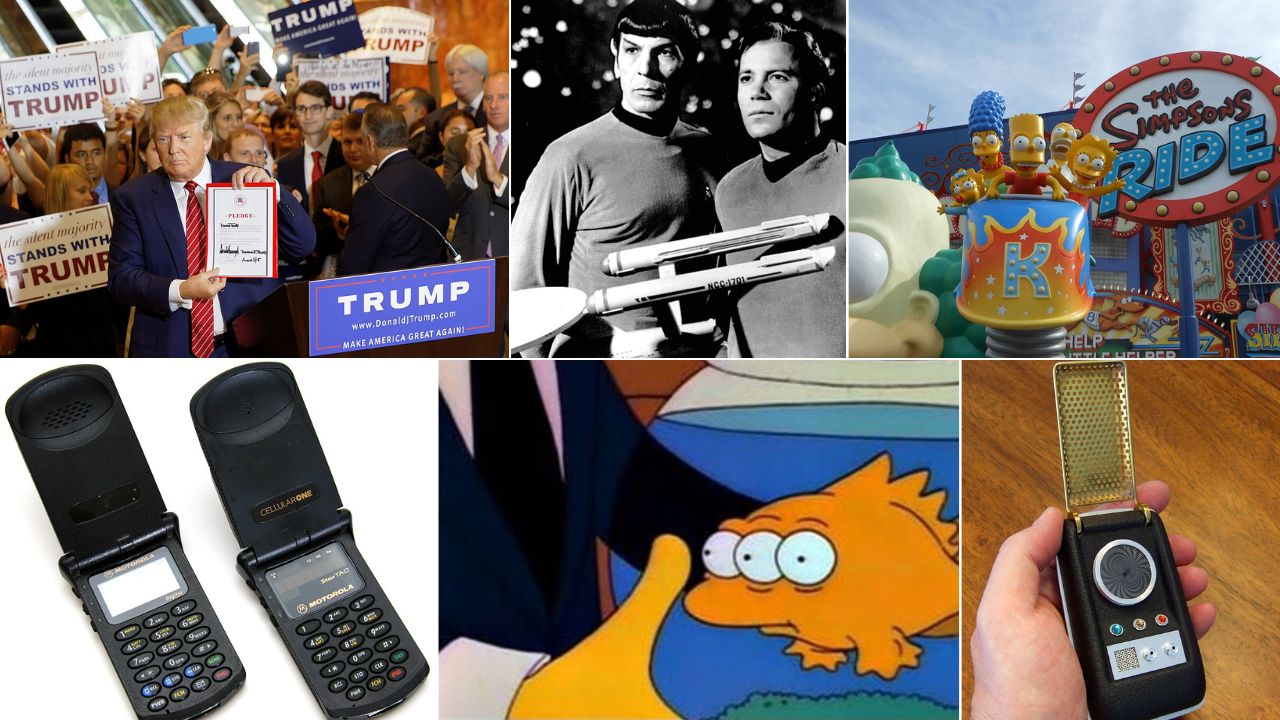Old shows sometimes guessed the future. They joked, then real life matched the screen years later. Here are 12 moments that lined up with facts, from elections and mergers to phones in pockets. You will see dates like 2000, 2010, and 2016, plus places such as Chicago and London. The fun part is simple. A quick gag can point to real tech, rules, and wins. Read the proof, then spot patterns. TV did not cause these events. It just noticed trends early, and sometimes got the timeline exactly right.
1. The Simpsons and a President Trump
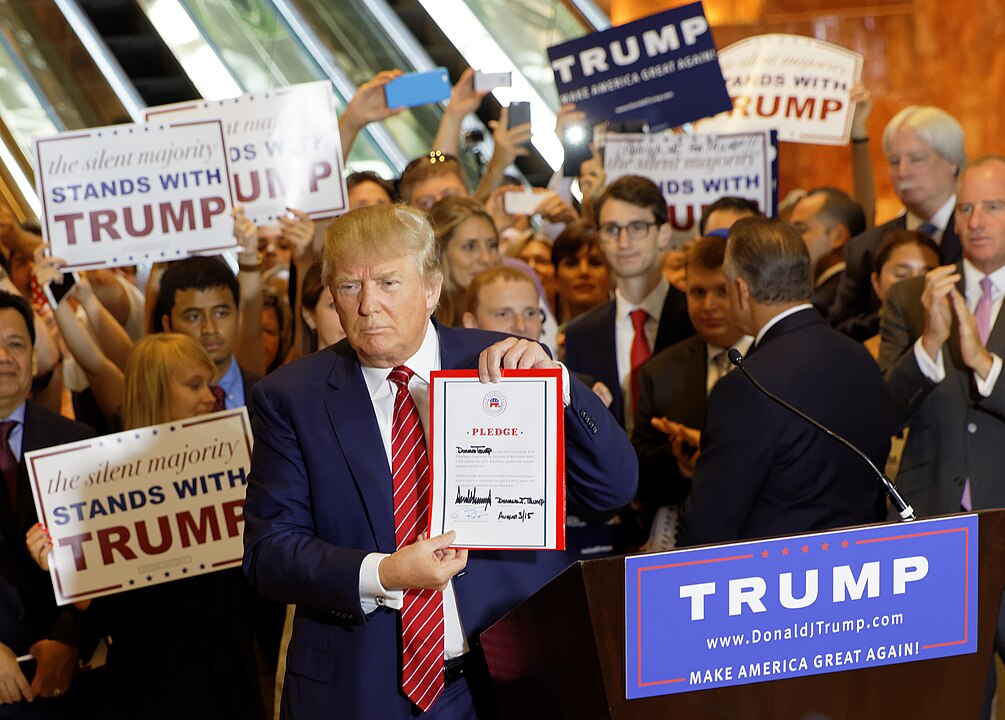
In 2000, The Simpsons aired “Bart to the Future.” Lisa becomes president and says she inherited a budget crunch from President Trump. Sixteen years later, on November 8, 2016, Donald Trump won the U.S. election. The scene was short, yet the match was exact enough to stick in memory. Writers often parody headlines, then reality catches up. Teens can track how satire uses current signals to make a joke that later feels like a prediction.
2. The Simpsons and Disney Buying Fox
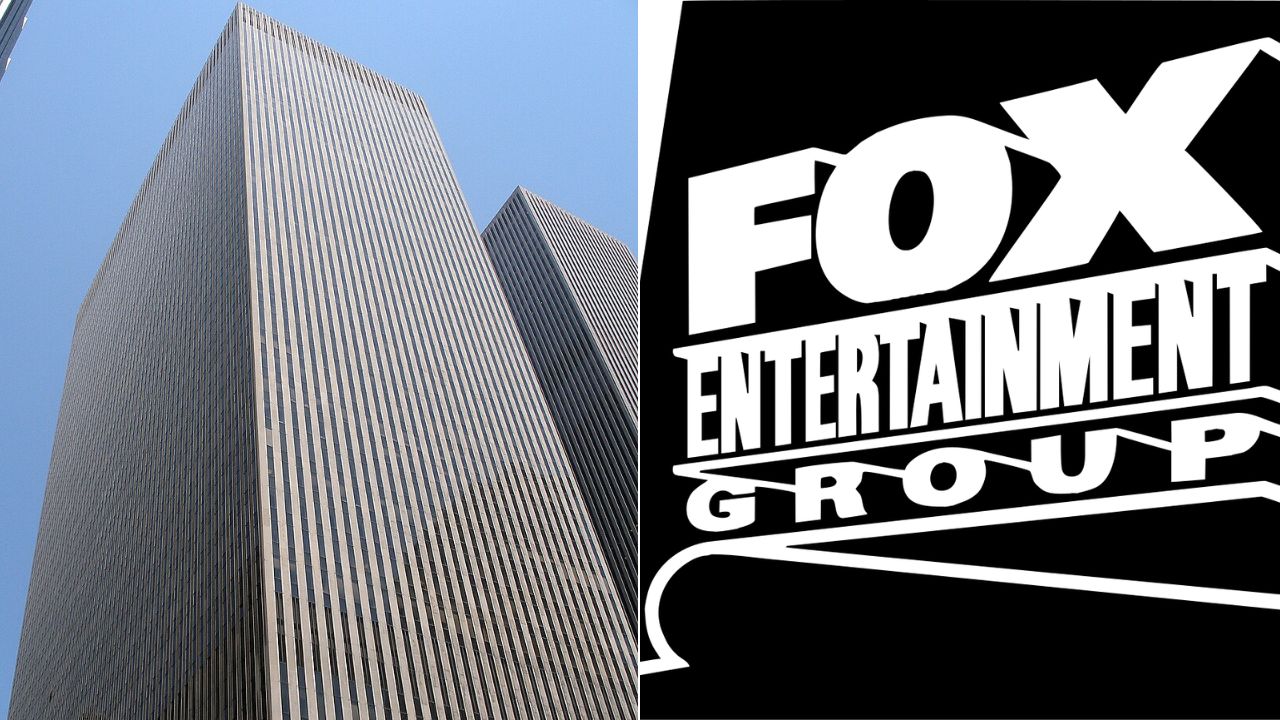
A 1998 Simpsons episode, “When You Dish Upon a Star,” showed a fake studio logo reading “20th Century Fox, a Division of Walt Disney Co.” It was a background gag. In 2018, Disney actually acquired most of 21st Century Fox. The deal closed in March 2019 after approvals. One cartoon frame became a talking point for a giant media merger. It proved that writers watch business trends, then plant winks that sometimes turn into real corporate news.
3. The Simpsons and a Three-Eyed Fish
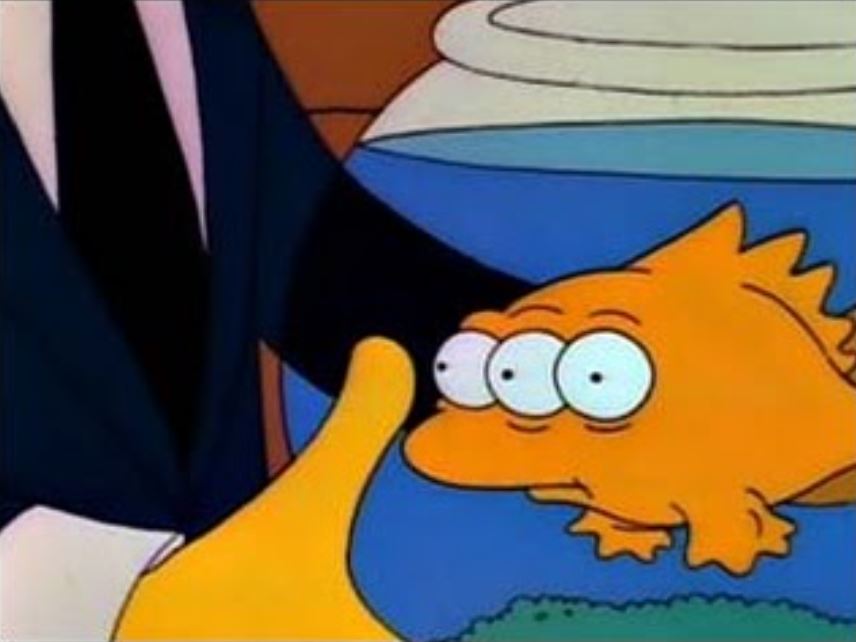
In 1990, Bart hooked a three-eyed fish named Blinky near Springfield’s nuclear plant. It was a sight gag about pollution and fear. In 2011, fishers in Argentina reported a three-eyed wolf fish from a reservoir that received warm water from a power facility. Photos made the rounds. Biology is messy, and mutations happen, but the echo was eerie. The show’s joke turned into a headline that looked like it swam out of the cartoon and into a real net.
4. The Simpsons and Glitchy Voting Machines
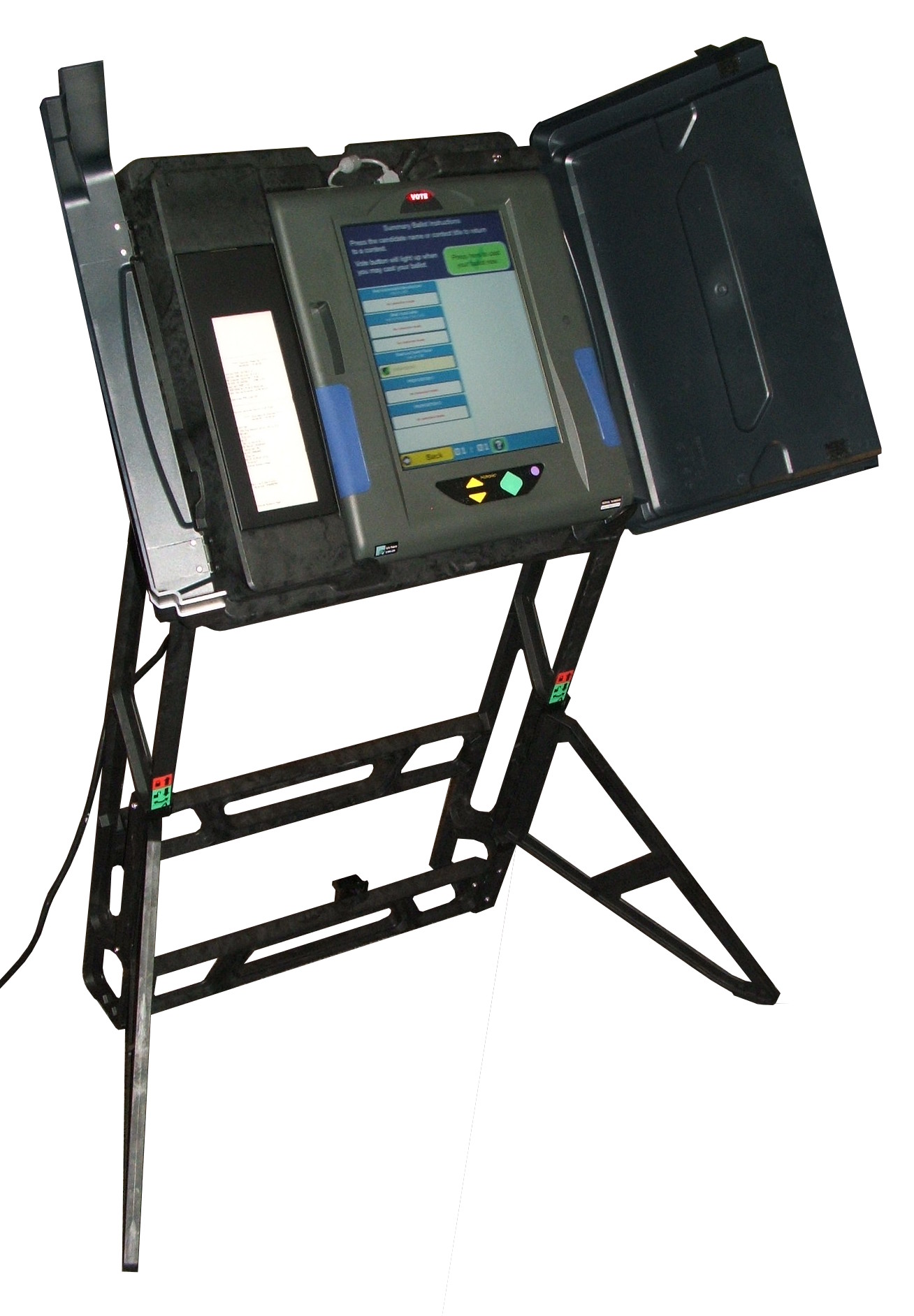
A 2008 “Treehouse of Horror” bit showed Homer trying to vote for Barack Obama. The machine switched his choice to John McCain, again and again. Four years later, during the 2012 election, a viral clip showed a touch screen changing an Obama vote to Mitt Romney. Election tech has rules, tests, and audits, yet glitches still appear. The joke highlighted why paper backups and clear checks matter when millions vote on a single day in November.
5. Star Trek and Mobile Phones
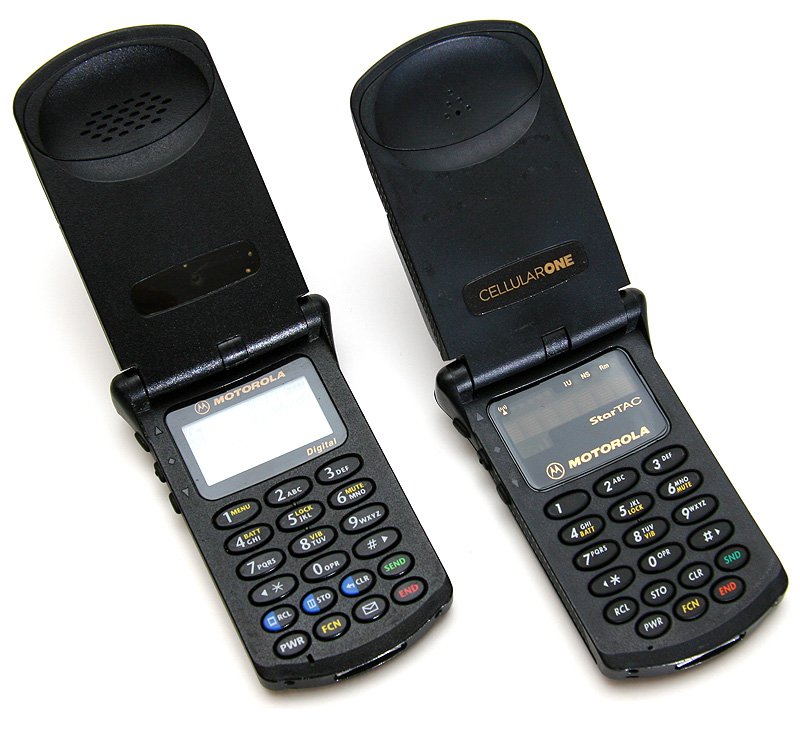
Captain Kirk flipped open a communicator in the 1960s series, then talked over distance. In 1973, engineer Martin Cooper made the first handheld cell phone call in New York City. The DynaTAC reached stores in 1983. Designers often credit science fiction for sparking ideas. A simple prop becomes a target for real engineers. By the 2000s, pocket phones were common. Today most teens carry one device that calls, maps, and records video in high definition.
6. Star Trek and Tablets
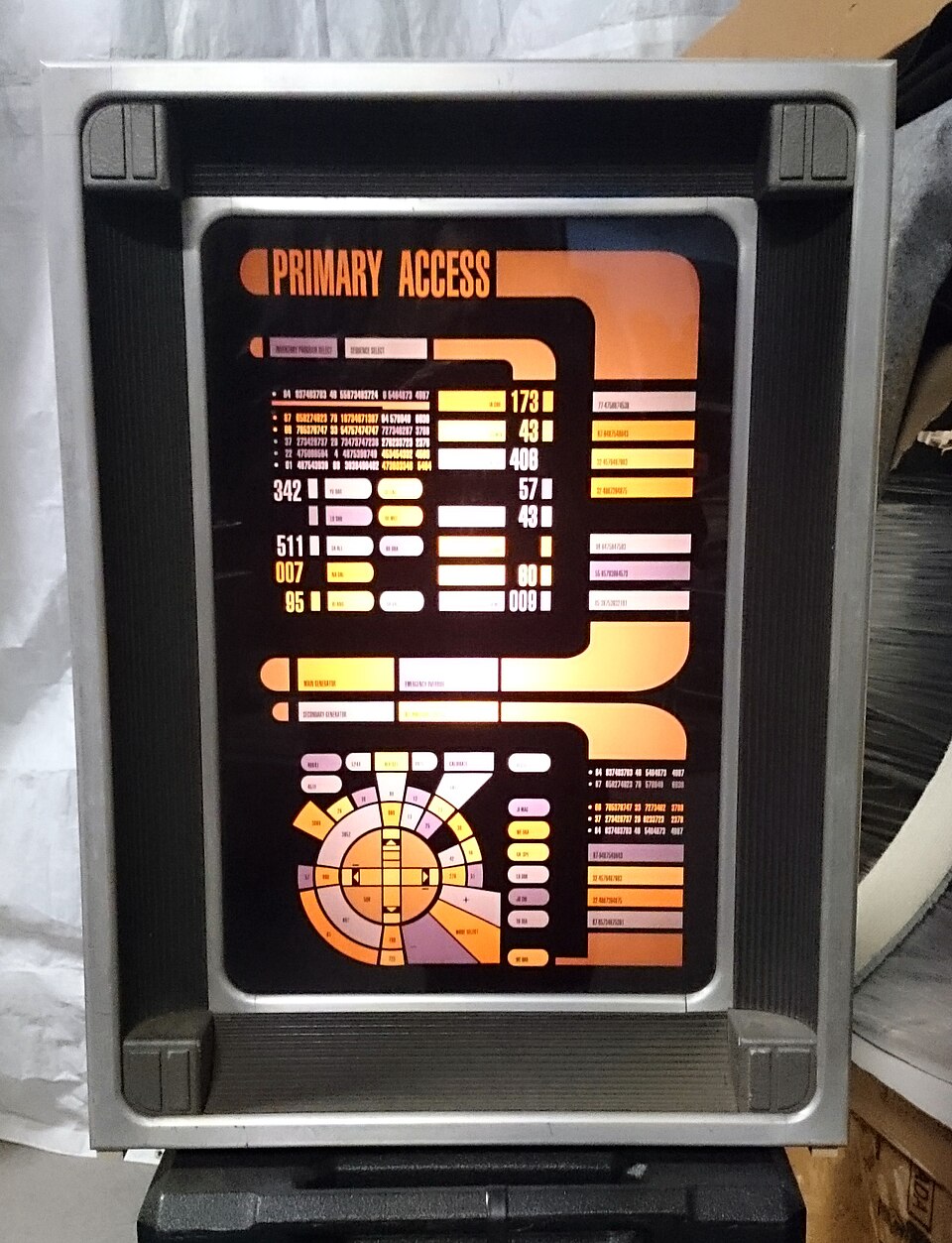
Star Trek: The Next Generation, on air from 1987 to 1994, used thin touch devices called PADDs for reading and notes. In 2010, Apple launched the iPad. Other brands followed within months. The move felt natural because millions already tapped on phones. A tablet just made the screen larger. Students read class PDFs, sign forms, and draw diagrams on glass. The show’s smooth swipe scenes looked like a demo years before the hardware arrived in stores.
7. Star Trek and Universal Translators
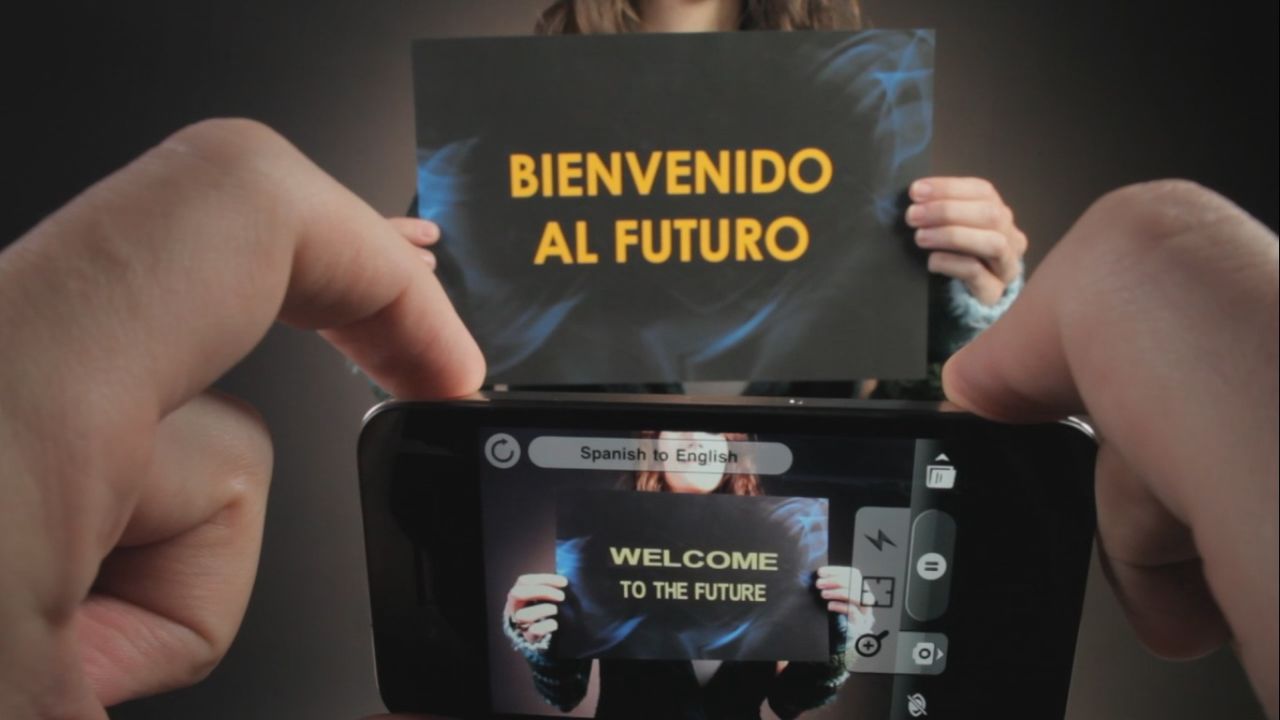
On Star Trek, crews used a device that translated alien speech in real time. That was fantasy in the 1960s. In the 2010s, phones gained live translation in many language pairs. Apps can listen, show text, and speak a response within seconds. The result is not perfect, but it helps in airports and class projects. The idea was right. A microphone, a chip, and a model can turn unknown words into a shared plan faster than pointing and guessing.
8. Star Trek and Voice Assistants
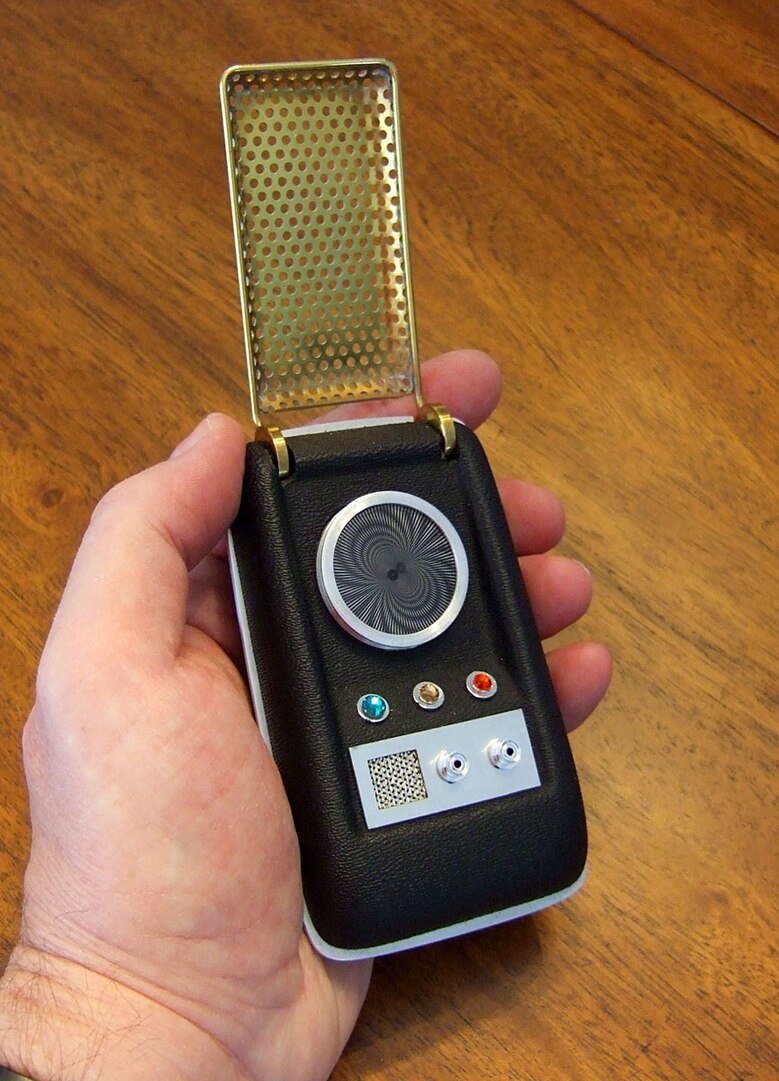
The Enterprise computer answered spoken questions. Crew members said “Computer,” then got facts or actions. In 2011, Siri put voice commands on iPhones. In 2014, Alexa brought voice control to home speakers. Students now set timers, ask for unit conversions, and play music by speaking. The show made talking to a machine look easy, and industry followed. Good manners still count. Clear words and short requests help both people and devices get to the right task faster.
9. Parks and Recreation and the Cubs Win
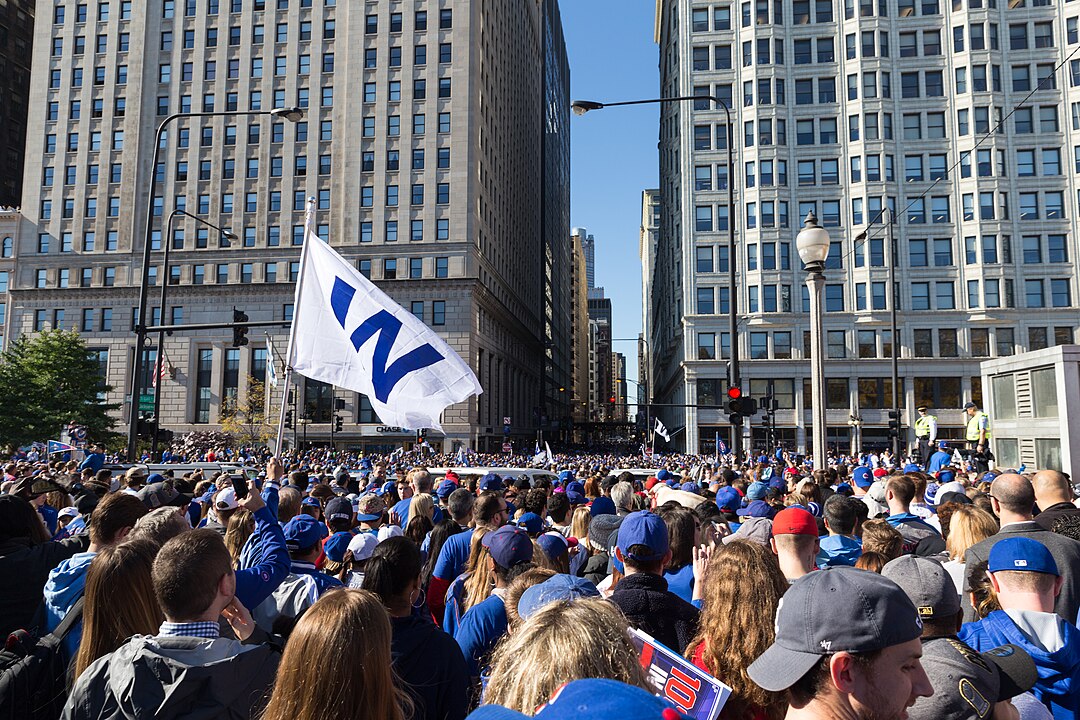
Parks and Recreation’s 2015 season jumped ahead to 2017. A character mentions Chicago celebrating a championship. In real life, the Chicago Cubs won the World Series on November 2, 2016, ending a 108 year drought. The city packed Grant Park with fans. Writers guessed that a strong roster and good management would finally align. Sports mix data and luck. Here, an optimistic throwaway line matched a long-awaited moment one year earlier than the show’s timeline.
10. Scrubs and bin Laden in Pakistan
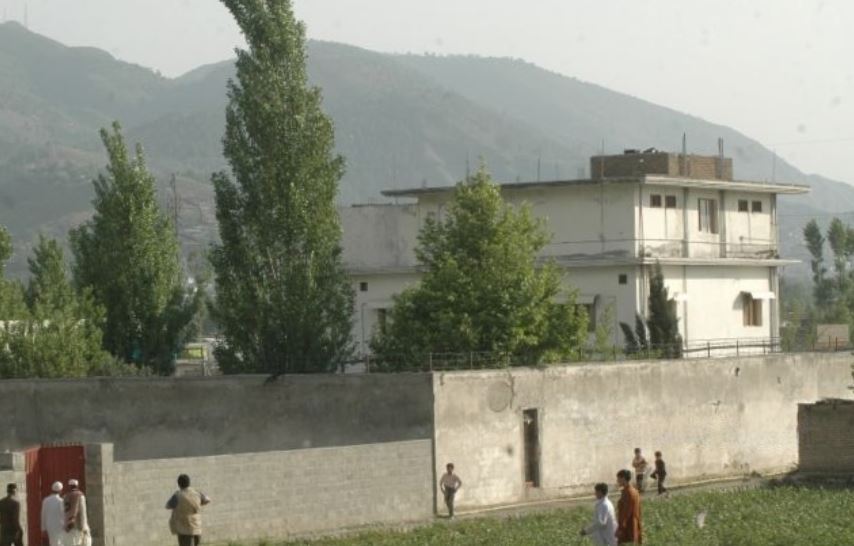
In a 2006 Scrubs episode, the janitor jokes that the search should look in Pakistan. On May 2, 2011, U.S. forces found Osama bin Laden in Abbottabad, Pakistan. News broke overnight in the United States. The line was a quick gag, yet it reflected a real debate about hiding places and borders. TV writers read the same reports that viewers read. Sometimes a guess lands near the truth, and a joke becomes a strange time capsule.
11. Laugh-In and the Berlin Wall’s Fall
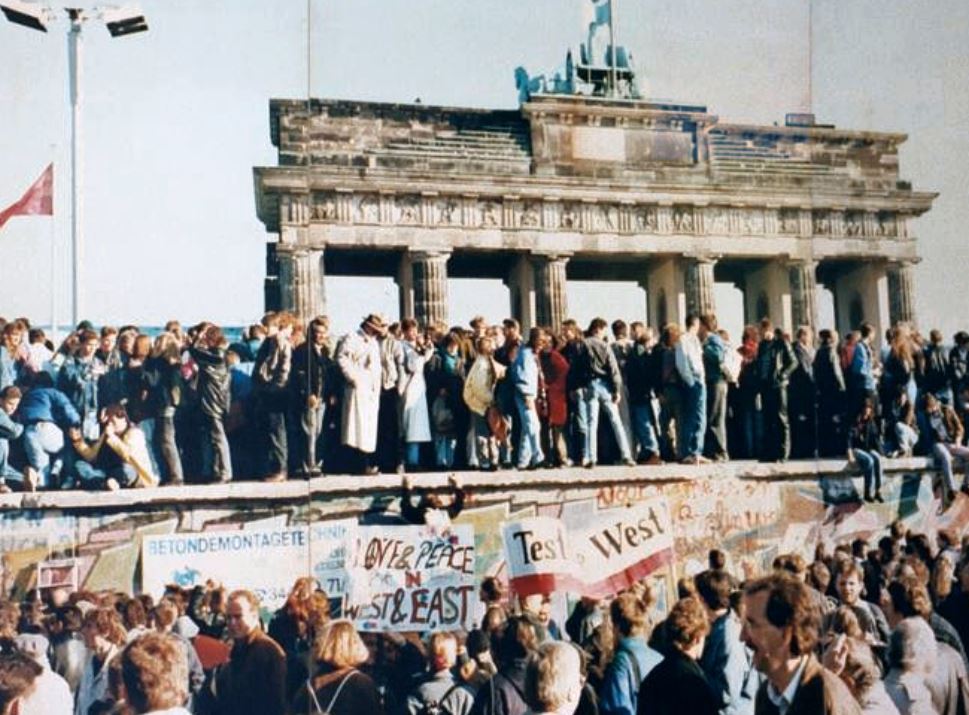
Rowan and Martin’s Laugh-In aired a 1969 bit about the Berlin Wall coming down in 1989. It sounded wild, since the barrier had stood since 1961. In November 1989, East German officials opened checkpoints, and crowds began crossing. Within months, the wall fell. Comedy tossed out a year as part of a punch line. History matched the number. People remember it because the date was so specific and because the moment on TV became a global image in hours.
12. The Jetsons and Video Calls
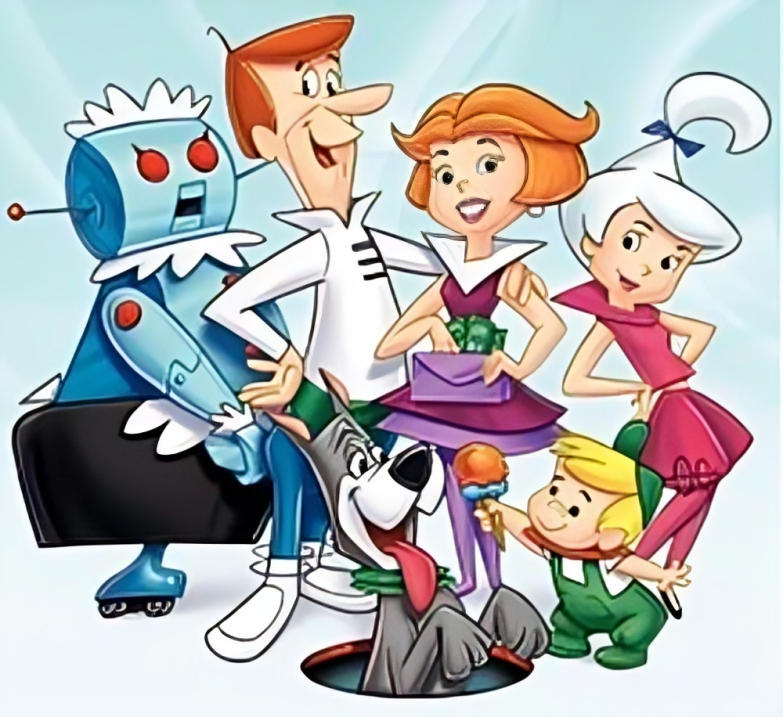
The Jetsons, a 1960s cartoon, showed families chatting on wall screens. At the time, phones had cords and dials. In 2010, Apple added FaceTime to iPhones. Video calls became normal for classes and work in 2020 when many schools moved online. Friends now talk with cameras every day. The show’s bright panels looked silly then, but the idea was simple. Seeing a face helps. Today, a phone or laptop makes that vision real on a kitchen table.
